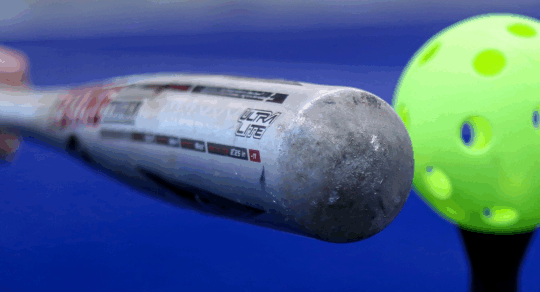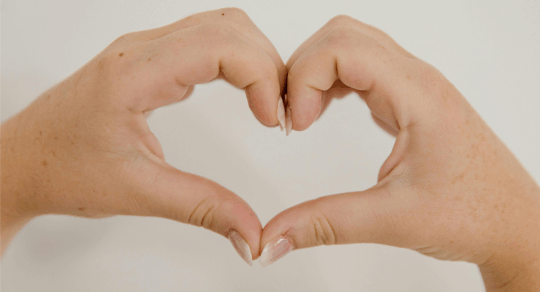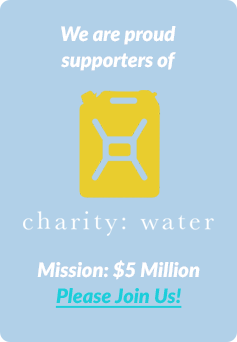When stressed, many of us hold on for dear life, yet holding on doesn’t serve us. When we hold on, we clench muscles and activate our sympathetic nervous system, which, if we keep holding on tightly, eventually causes many physical and emotional problems.
You can experience this by holding your arms out in front of you, then clench your fists, wrists, forearms, then the big muscles of your upper arms and shoulders—take the clenching to your face, your mouth, your jaw—let that tension spread.
Really feel the tension, feel the immense energy it takes to hold on. You may even have held your breath while focusing so hard. Now breathe and consciously release the muscles you are holding so tightly. Take a few moments to really feel any changes.
So why do we hold on?
Sometimes we feel so overwhelmed that we try to control something—anything. These situations often build slowly; we hold on and get dragged along. Then suddenly our toes are over the precipice, and the tsunami hits. We grab on for dear life, afraid we will get caught up and become powerLESS, rudderless, out of our depth…
What else to do but cling on with everything we have? We are stuck in tension.
The ongoing mental and physical effort to cope is exhausting. During these times our body periodically tries telling us to slow down, be sensible, let go. Yet our powerful brain doesn’t seem to listen—it just keeps plugging away.
Where does this lead us over an extended period—days, weeks, months, sometimes years? Many of us know the answer to that—and it isn’t a nice place.
To cope, we may do mundane tasks like organizing cupboards, tidying, dusting—yet our head is full, our brain hyperactive, we don’t sleep. We may internalize, our imagination running riot, trying to solve imagined problems, the what-if’s. We may find we are not motivated to do anything, even things we love. Our energy is gone; we are extremely tired.
Eventually it all snowballs, and our body has no choice but to send a massive message, overriding our brain, which we absolutely cannot ignore.
Loosen Your Grip
Holding on tightly is often due to something of profound significance to our Being, which may be emotional, a physical/health condition, or an immensely powerful desire. Everything we feel and do seems to be driven by what we are holding on to. Our mind is fixed, sometimes even fixated. We may find it difficult to let go—this is ok.
A useful way to move forward is to ask, “Am I ready to loosen my grip?” or to tell yourself “I need to start loosening my grip.” This is the shift your brain needs to trigger positive emotional and physical changes in how you feel and behave.
The following ideas, from our personal experiences, can help. As you begin moving forward be gentle with yourself. Yet you have to want to change and you have to make changes happen. To start reprogramming yourself, bringing in your desire to adapt. To find a peace inside you, allowing you to thrive even in the most challenging situations.
We are not medical professionals, so if you find yourself in very intense situations then the advice of professionals should be sought.
1. Gently Convert an Emotion into an Action
As the anniversary of Jet’s passing approached, Ruthie told Alan about her beloved dog. She was tearful as she was missing Jet. Alan suggested taking that powerful, raw emotion and, without diluting it, turning it into a positive action.
Together they decided that Ruthie would find a beautiful photo of Jet, frame it, and hang it on the wall. She always says how helpful and beneficial simply doing that was at such a hard time for her.
2. Turn Ice to Water
When we hold on tightly, every fiber of our Being freezes. It becomes like ice—brittle, fragile, stuck, immovable. We need to turn this ice into free-flowing water, which is soft, fluid, adaptable, and freeing. Now imagine all that ice turning to water. Just having this vision can be enough to start defrosting.
A physical way we represent this is to pinch your thumb and a finger together tightly (don’t hurt yourself). Feel the effect through your mind and body (ice). Then consciously loosen the pressure between your thumb and finger. Immediately release begins to happen.
Another way is to simply run water over your hands—feel the ice slowly melt.
3. Split Yourself in Two
This may sound dramatic, but this action focuses on the interchange between the right and left side of your brain. Imagine being beside a duplicate of you. You have consciously split your brain into two entities—this separation is very powerful.
The positive can now tell the negative/doubtful to be quiet, to thank it for its ideas, yet tell it that these are not helpful at this stage. Such a simple technique really does work. It is like talking to a friend who is stuck in negative what-ifs, then along you come with good, positive ideas.
Simple Qiki-feelmoves
Your feelings affect how you move, which in turn affects how you feel. In Qiki Gong (pronounced cheeky) we call this constant interplay Qiki-feelmoves. Play along with the Qiki-feelmoves available on the Letting Go playlist on our YouTube channel. These are simple to perform, yet very powerful.
As you focus on following the slow movements, your mind and body start to let go of whatever you have been holding on to for dear life, helping clear energy blocks throughout your whole Being.
We encourage you to feel the power you have as you start to let go of just one thing that you know you are holding on to a little too tightly. Positive feelings will appear as you start to loosen your grip—allowing your natural rhythm to gently return.








